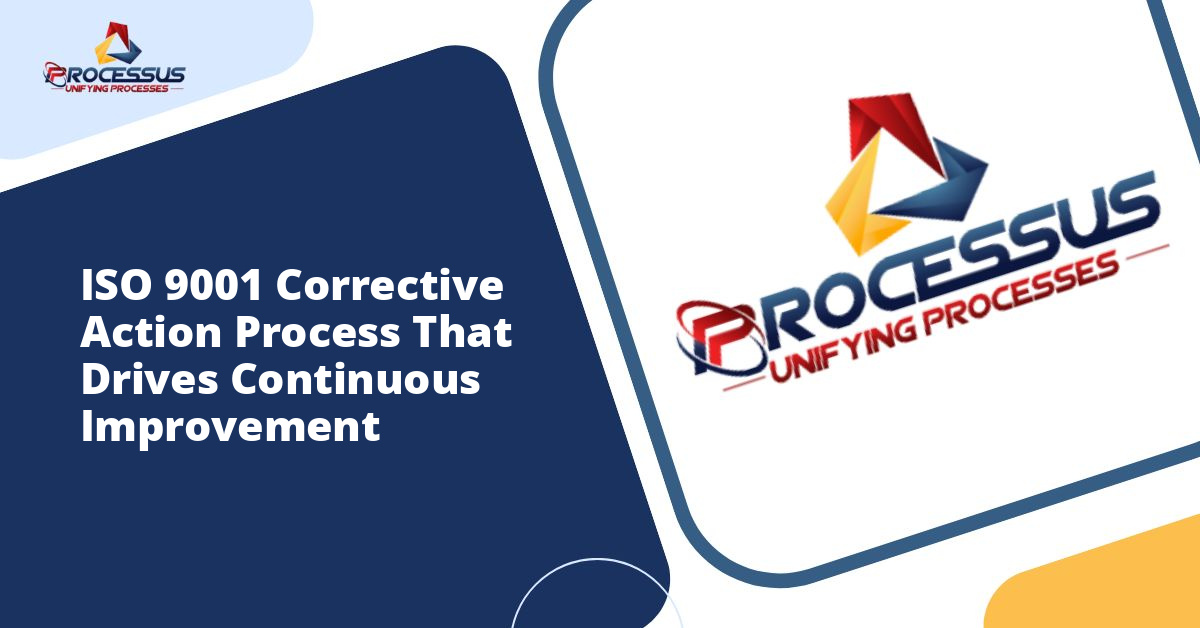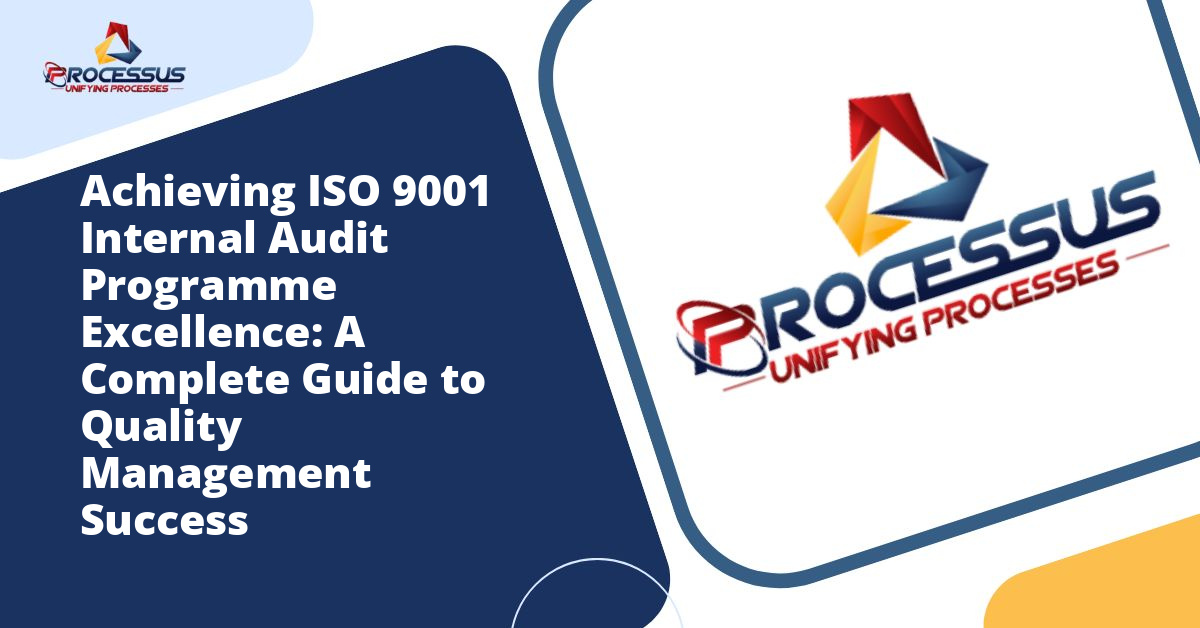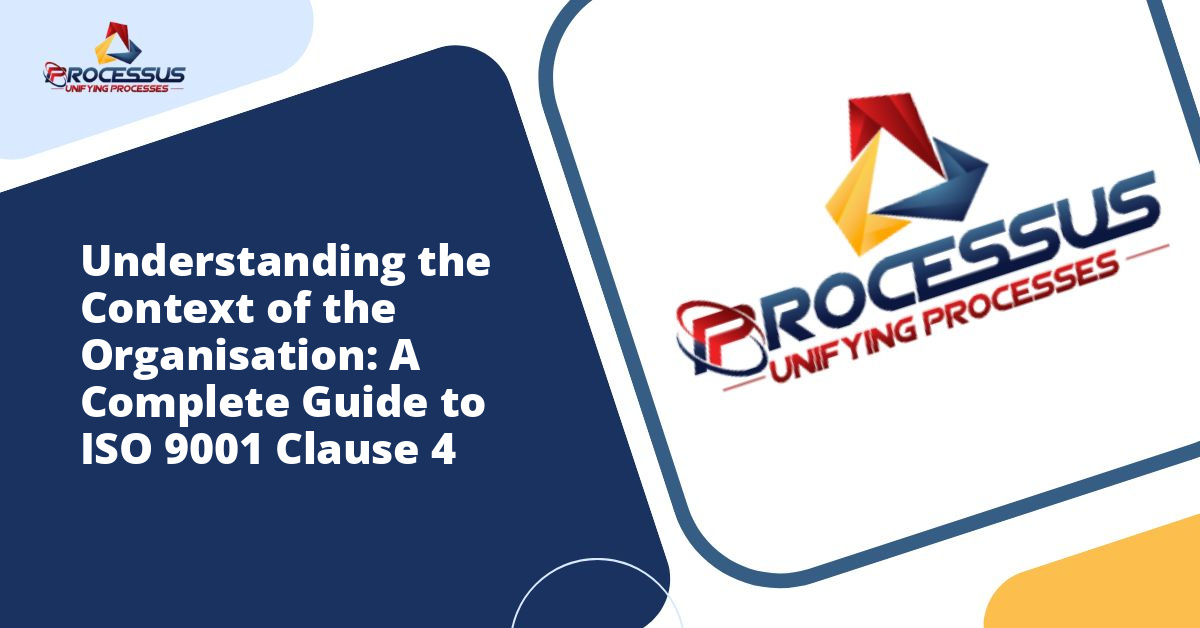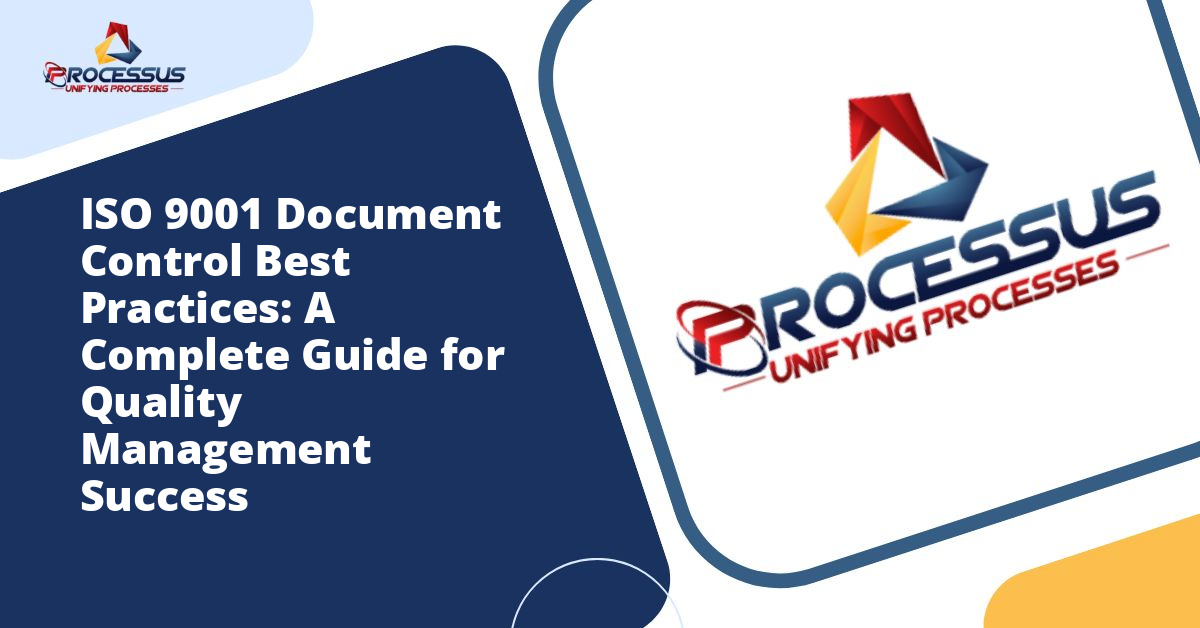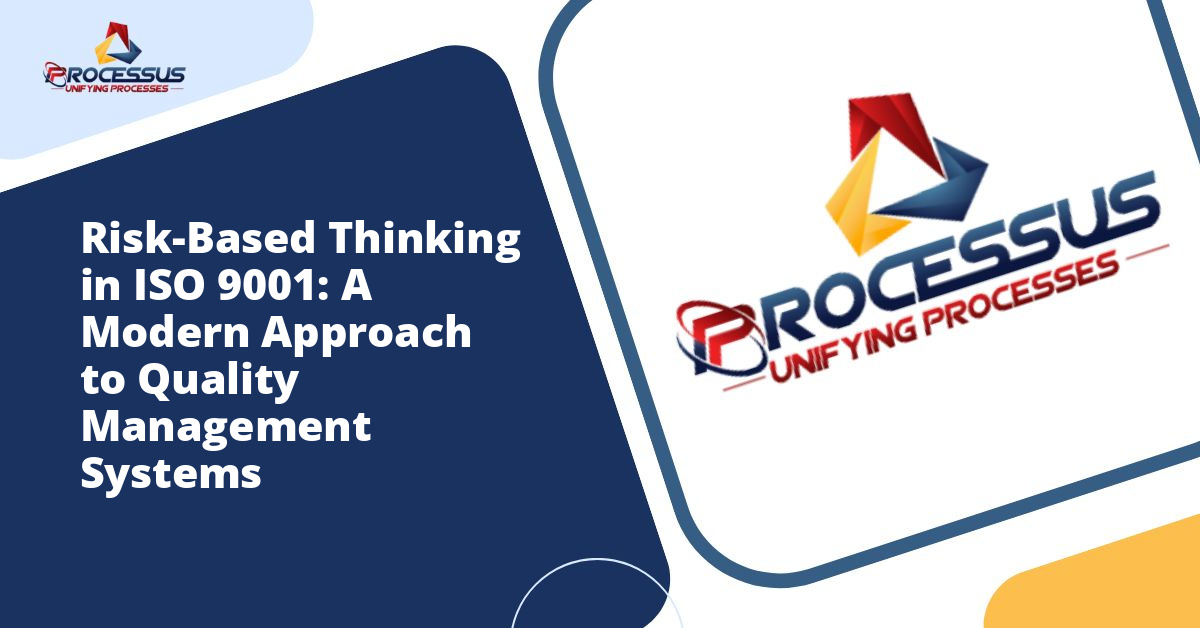Quality management systems serve as the backbone of organizational excellence, and the ISO 9001 corrective action process stands as one of its most powerful tools. When implemented correctly, this process transforms problems into opportunities and creates a culture where continuous improvement becomes part of everyday operations. Understanding how to leverage corrective actions effectively can mean the difference between merely maintaining compliance and achieving true operational excellence.
Understanding the Foundation of Corrective Action in ISO 9001
The corrective action process within ISO 9001 represents a systematic approach to identifying, addressing, and preventing the recurrence of nonconformities. Unlike quick fixes that address symptoms, corrective actions dig deeper to eliminate root causes and prevent similar issues from surfacing in the future. This methodology aligns perfectly with the standard’s emphasis on risk-based thinking and continuous improvement. You might also enjoy reading about Customer Satisfaction Measurement for ISO 9001: A Complete Implementation Guide.
At its core, the corrective action process acknowledges a fundamental truth: problems will occur in any organization. The measure of a quality management system is not the absence of problems but rather how effectively an organization responds to them. ISO 9001 provides a structured framework that turns reactive problem-solving into proactive improvement. You might also enjoy reading about ISO 9001 Document Control Best Practices: A Complete Guide for Quality Management Success.
The standard requires organizations to take action to control and correct nonconformities, deal with their consequences, and evaluate the need for action to eliminate root causes. This requirement ensures that organizations do not simply apply band-aid solutions but instead invest in meaningful improvements that strengthen their overall quality management system. You might also enjoy reading about Understanding the Context of the Organisation: A Complete Guide to ISO 9001 Clause 4.
The Critical Components of an Effective Corrective Action Process
Identifying and Documenting Nonconformities
The journey toward improvement begins with recognition. Organizations must establish clear mechanisms for identifying when processes, products, or services fail to meet specified requirements. These mechanisms might include customer complaints, internal audit findings, process monitoring results, employee observations, or supplier quality issues.
Effective documentation forms the foundation of any successful corrective action. Each nonconformity should be recorded with sufficient detail to enable proper analysis. This documentation should capture what went wrong, when it occurred, where it was detected, who discovered it, and the immediate impact. The more comprehensive the initial documentation, the more effective the subsequent analysis will be.
Many organizations struggle at this stage because they lack clear definitions of what constitutes a nonconformity. Establishing criteria and providing training to help employees recognize issues worthy of corrective action prevents both under-reporting and over-reporting. The goal is to create a balanced system where significant issues receive proper attention without overwhelming the organization with minor discrepancies.
Implementing Immediate Containment Actions
Before diving into root cause analysis, organizations must address the immediate effects of a nonconformity. Containment actions prevent the problem from spreading or worsening while the team investigates underlying causes. These temporary measures might include segregating affected products, implementing additional inspections, or adjusting process parameters.
Containment actions differ fundamentally from corrective actions. They represent short-term responses that manage current situations rather than permanent solutions that prevent recurrence. Understanding this distinction helps organizations avoid the trap of believing they have solved a problem when they have merely contained it.
The speed of containment often determines the ultimate impact of a nonconformity. Organizations that can quickly identify and isolate issues minimize customer exposure, reduce waste, and maintain operational continuity. This requires clear communication channels, empowered employees, and well-defined protocols for various types of nonconformities.
Conducting Thorough Root Cause Analysis
Root cause analysis represents the heart of the corrective action process. This investigative phase determines why a nonconformity occurred, moving beyond superficial explanations to uncover fundamental causes. Without accurate root cause identification, corrective actions become guesswork rather than targeted improvements.
Numerous methodologies support effective root cause analysis. The Five Whys technique encourages investigators to ask “why” repeatedly until they reach the underlying cause. Fishbone diagrams help teams explore multiple potential causes across different categories such as methods, materials, machines, measurements, environment, and people. Fault tree analysis provides a more structured approach for complex situations involving multiple contributing factors.
Selecting the appropriate analysis method depends on the complexity of the nonconformity, available resources, and organizational capabilities. Simple issues might require only basic questioning, while recurring or high-impact problems justify more sophisticated analytical tools. The key is matching the depth of analysis to the significance of the problem.
Effective root cause analysis involves cross-functional teams that bring diverse perspectives to the investigation. Production staff understand process realities, quality personnel contribute technical expertise, and management provides strategic context. This collaborative approach reduces the risk of overlooking important factors and increases buy-in for resulting corrective actions.
Developing and Implementing Corrective Actions
Creating Effective Solutions
Once root causes are identified, organizations must develop corrective actions that effectively eliminate them. Strong corrective actions are specific, measurable, achievable, relevant, and time-bound. Vague intentions to “improve training” or “increase awareness” rarely produce meaningful results. Instead, effective corrective actions might specify developing a new standard operating procedure, modifying equipment settings, implementing automated checks, or redesigning a product feature.
The best corrective actions address root causes directly while considering practical implementation constraints. A theoretically perfect solution that requires excessive resources or disrupts operations unnecessarily may prove less effective than a simpler alternative. Organizations must balance thoroughness with pragmatism, seeking solutions that deliver maximum improvement with reasonable investment.
Risk assessment plays an important role in corrective action development. Teams should evaluate potential unintended consequences of proposed solutions. Changes made to prevent one type of nonconformity might inadvertently create new problems elsewhere. Anticipating these effects allows organizations to implement safeguards or choose alternative approaches.
Execution and Follow-Through
Even the most brilliantly conceived corrective actions fail without proper implementation. Organizations must assign clear responsibilities, establish realistic timelines, and allocate necessary resources. The person responsible for implementation should have appropriate authority and capability to execute the corrective action effectively.
Communication throughout the implementation phase keeps all stakeholders informed and engaged. Those affected by changes need to understand what is happening and why. This transparency reduces resistance and helps employees see corrective actions as improvements rather than impositions.
Documentation continues throughout implementation. Organizations should record what actions were taken, when they occurred, who performed them, and any deviations from the original plan. This audit trail proves valuable for verification activities and provides reference material for future similar situations.
Verifying Effectiveness and Closing the Loop
Measuring Results
Implementing a corrective action does not guarantee success. Organizations must verify that actions have achieved their intended purpose and actually eliminated root causes. Effectiveness verification should occur after sufficient time has passed for changes to take effect and demonstrate sustained improvement.
Verification methods vary based on the nature of the corrective action. Quantitative measures might include defect rates, cycle times, customer complaint frequencies, or process capability indices. Qualitative assessments could involve employee feedback, customer satisfaction surveys, or management reviews. The most robust verification uses multiple methods to confirm improvement from different angles.
Setting clear success criteria before implementing corrective actions provides objective standards for effectiveness verification. These criteria should tie directly to the original nonconformity and root causes. If a corrective action was implemented to reduce welding defects caused by inadequate training, success criteria might include reduced defect rates, improved audit scores, and positive feedback from operators.
Closing and Learning
Once verification confirms that a corrective action has successfully eliminated the root cause and prevented recurrence, the organization can formally close the corrective action. Closure does not mean forgetting about the issue but rather recognizing that the immediate problem has been resolved.
The closure phase provides an opportunity for reflection and learning. Organizations should analyze what worked well during the corrective action process and where improvements could be made. These insights strengthen future corrective action efforts and build organizational capability over time.
Documentation of closed corrective actions creates a knowledge base that benefits the entire organization. Future teams facing similar issues can reference past corrective actions to understand what solutions proved effective. This institutional memory prevents redundant efforts and accelerates problem resolution.
Integrating Corrective Action with Preventive Thinking
While ISO 9001:2015 no longer includes a separate requirement for preventive action, the concept has evolved into risk-based thinking that permeates the entire standard. Organizations should view corrective actions not just as responses to problems but as sources of insight about potential issues elsewhere.
When a corrective action eliminates a root cause in one area, organizations should ask whether similar causes might exist in other processes or products. This preventive mindset extends the value of corrective actions beyond immediate problem-solving to broader organizational improvement. A corrective action addressing calibration failures in one laboratory might prompt reviews of calibration practices across all laboratories.
Trend analysis supports this preventive approach by identifying patterns across multiple corrective actions. If several unrelated nonconformities share common elements such as training gaps or supplier issues, this pattern signals a systemic opportunity for improvement. Addressing these underlying themes through targeted initiatives prevents future nonconformities more effectively than responding to each instance individually.
Building a Culture That Embraces Corrective Action
Leadership Commitment
The effectiveness of any corrective action process depends heavily on organizational culture. Leaders set the tone by how they respond to problems and mistakes. Organizations where management treats nonconformities as learning opportunities rather than occasions for blame create environments where employees willingly report issues and participate enthusiastically in corrective actions.
Leadership commitment manifests through resource allocation, priority-setting, and personal involvement. When leaders actively participate in root cause analyses for significant issues, they demonstrate that corrective action matters. When they allocate sufficient time and resources for thorough investigations and effective solutions, they enable success.
Employee Engagement
Frontline employees often possess the most detailed knowledge about processes and products. Their engagement in corrective action processes brings practical insights that lead to more effective solutions. Organizations should create mechanisms for easy reporting of nonconformities and encourage employee participation in root cause analysis and corrective action development.
Training plays a vital role in building capability throughout the organization. Employees need to understand not just how to report problems but also how to think critically about causes and solutions. Investment in training for problem-solving methodologies, root cause analysis techniques, and quality tools pays dividends through more effective corrective actions.
Recognition and Reinforcement
Organizations should celebrate effective corrective actions as successes rather than dwelling on the original problems. Recognizing teams and individuals who identify issues, conduct thorough analyses, and implement effective solutions reinforces desired behaviors. This positive reinforcement encourages continued engagement with the corrective action process.
Common Pitfalls and How to Avoid Them
Many organizations struggle with their corrective action processes despite good intentions. Understanding common pitfalls helps organizations design more effective systems. One frequent mistake involves treating symptoms rather than root causes. When investigations stop too early, corrective actions address immediate manifestations without eliminating underlying factors, leading to recurrence.
Another common challenge is allowing corrective actions to languish without completion. Organizations initiate investigations and develop action plans but fail to follow through with implementation or verification. Clear accountability, realistic timelines, and management oversight help prevent this problem.
Some organizations create unnecessarily complex corrective action systems that generate administrative burden without adding value. The corrective action process should be as simple as possible while still achieving its objectives. Excessive forms, approvals, and procedures discourage participation and slow response times.
Inadequate verification represents another frequent shortcoming. Organizations implement corrective actions but fail to confirm effectiveness rigorously. This oversight allows ineffective solutions to remain in place, wasting resources and leaving root causes unaddressed.
Leveraging Technology for Enhanced Effectiveness
Modern technology offers powerful tools for managing and improving corrective action processes. Digital quality management systems automate workflows, track progress, send notifications, and generate reports. These capabilities reduce administrative burden, improve consistency, and provide visibility into corrective action status across the organization.
Data analytics enhance understanding of trends and patterns. Organizations can analyze corrective action data to identify recurring issues, common root causes, departmental hotspots, or systemic weaknesses. These insights guide strategic improvement initiatives and resource allocation decisions.
Mobile technologies enable real-time reporting of nonconformities from any location. Employees can photograph issues, record observations, and submit reports instantly from the shop floor, field locations, or customer sites. This immediacy improves response times and captures information while details are fresh.
Measuring the Success of Your Corrective Action Process
Organizations should regularly evaluate the effectiveness of their corrective action process itself, not just individual corrective actions. Key performance indicators might include average time to close corrective actions, percentage of corrective actions verified as effective, number of recurring nonconformities, and employee participation rates.
Customer feedback provides valuable perspective on corrective action effectiveness. If the frequency or severity of customer complaints decreases over time, the corrective action process is working. If similar complaints recur, the process needs strengthening.
Internal audit findings offer another measure of success. A mature corrective action process should reduce the number and severity of audit nonconformities over time. Conversely, if audits consistently identify the same issues, the corrective action process requires improvement.
Conclusion
The ISO 9001 corrective action process represents far more than a compliance requirement. When embraced fully, it becomes a powerful engine for continuous improvement that transforms how organizations approach problems and develop solutions. The systematic methodology of identifying nonconformities, analyzing root causes, implementing corrective actions, and verifying effectiveness creates sustainable improvements that strengthen quality management systems.
Success requires commitment from leadership, engagement from employees, appropriate resources, and a culture that views problems as opportunities. Organizations that master the corrective action process gain competitive advantages through improved quality, reduced waste, enhanced customer satisfaction, and stronger operational performance.
The journey toward excellence is ongoing. Each corrective action represents a step forward, building organizational capability and resilience. By investing in robust corrective action processes and continuously refining them based on experience, organizations create systems that not only meet ISO 9001 requirements but drive meaningful, lasting improvement that benefits all stakeholders.

